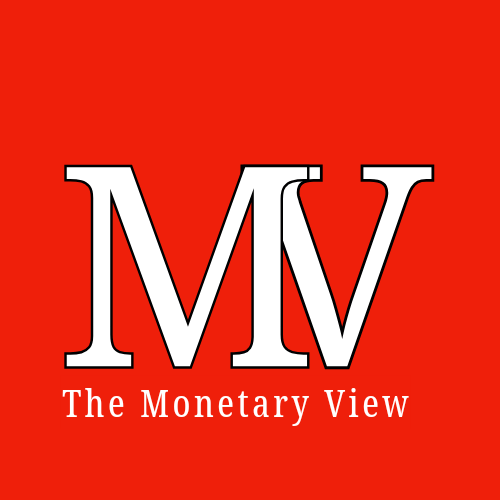Monetary policy and inflation are closely intertwined, and central banks play a crucial role in managing and controlling inflation in an economy. Central banks use various strategies and tools to achieve their inflation targets. Here are some key strategies and tools used by central banks to manage inflation:
1. Inflation Targeting:
Inflation targeting is a common strategy used by many central banks. Under this approach, a central bank sets a specific inflation target as its primary policy objective. The target is often expressed as an annual inflation rate or a target range (e.g., 2% inflation per year). Central banks then use monetary policy tools to achieve and maintain this target. Inflation targeting provides clarity and transparency to both financial markets and the general public.
2. Interest Rate Policy:
Central banks primarily use interest rates to control inflation. When inflation is rising and threatens to exceed the target, central banks may increase their policy interest rates. Higher interest rates make borrowing more expensive, reducing consumer spending and business investments. This, in turn, can help slow down the economy and reduce inflationary pressures. Conversely, central banks may lower interest rates when inflation is below the target to stimulate economic activity.
3. Open Market Operations:
Central banks conduct open market operations by buying or selling government securities in the open market. When central banks purchase securities, they inject money into the banking system, which can lower short-term interest rates and stimulate borrowing and spending. Conversely, selling securities removes money from the system, which can raise interest rates and reduce spending.
4. Reserve Requirements:
Central banks can also influence inflation by adjusting reserve requirements for banks. By increasing the reserve requirements, central banks can reduce the amount of money banks have available for lending, thereby curbing inflation. Conversely, lowering reserve requirements can stimulate lending and economic activity.
5. Forward Guidance:
Forward guidance is a communication strategy used by central banks to influence market expectations and, in turn, shape economic behavior. Central banks can signal their future monetary policy intentions to provide guidance to financial markets and the public. For example, they may communicate their commitment to keeping interest rates low for an extended period to encourage borrowing and spending.
6. Quantitative Easing (QE):
In times of economic crisis or deflationary pressures, central banks may engage in quantitative easing. This involves purchasing a significant amount of long-term financial assets, such as government bonds or mortgage-backed securities, to increase the money supply and lower long-term interest rates. This strategy is used to stimulate economic activity and prevent deflation.
7. Exchange Rate Policy:
In some cases, central banks may consider exchange rate policy as part of their inflation strategy. A weaker domestic currency can make imports more expensive, contributing to inflation. In such cases, central banks may intervene in foreign exchange markets to influence their currency’s value.
8. Communication and Transparency:
Central banks place a strong emphasis on clear and transparent communication with the public and financial markets. Providing guidance on their policy intentions, economic assessments, and inflation expectations helps to anchor inflation expectations and guide behavior in line with their targets.
Central banks often adapt and combine these strategies to address specific economic conditions and challenges. It’s important to note that the effectiveness of these strategies can vary depending on the economic environment and global factors, and central banks must continually assess and adjust their policies to achieve their inflation objectives.







